Many owners that I talk with believe that their paycheck is what is left over after paying all the bills. I do not feel this is a good or accurate way to pay yourself if you are the owner. There is a saying in the economics world, “Pay yourself first”. When you know the number that you would pay a doctor to produce a certain level of revenue at your practice, you allow yourself to set goals, reduce your stress and grow your business. My experience with doctors who pay themselves last also tends to be the clinics where the doctor is working until 8 at night, calling clients, writing records, doing payroll and schedules instead of recharging or spending time with family.
A simple way to calculate fair pay for a veterinarian is to take the doctor’s driven production and multiply by 20%. Doctor driven production is defined as what the veterinarian touches or directly influences: anesthesia, surgery, vaccines, dentistry, radiology, lab, exams, pharmacy, ultrasound and some miscellaneous categories. Some practices pay a smaller percentage on heartworm/flea and food and some clinics give credit for refills. However, some practices do not pay a percentage on these last two categories.
All practice management software has the capability to provide a monthly income summary broken down by category. Unfortunately, there are a significant number of practices where all services are put under the owner, regardless of who provided the service. These clinics take more analysis to find out what level they are doing in terms of true average client transaction (ACT) per doctor. It is important to find out if they are offering diagnostics or treating everything with an office call, injection and RX. The formula that I use to determine the doctoring ACT is 3.5 times the charge of the office call. If your clinic has an office call of $40.00 then the doctor’s ACT (NOT CLINIC ACT) would be in the ball park of $140.00. A doctor doing $80.00 ACT would have tremendous ability to grow the practice.
Multiplying the total of doctor driven salary production by 20% will allow the clinic to determine what the Doctor should make as a minimum. If an owner produces $45,000 in doctor driven services and the clinic does a total of $60,000 in production, the doctor’s pay is 20% of $45,000 or $9,000. I add 2% to 3% of their production ($900-$1,350) as total benefits. I define total benefits as benefits the company pays: Social Security, payroll taxes, medical, association dues, and anything else that would be considered part of the benefit package.
An owner would be paid an additional 3% of the total production as a management fee. If the above clinic averages $60K per month, then the owner would be paid 3% of $720,000 or $21,600. If you are not hitting these revenues formulas, then you need to look at your practice. Somewhere something is off.
The one number that I feel is the most significant number that very few people talk about is how much you leave on the table. Do you know how to capture those dollars to create sustained growth? If this clinic were to be an average practice, CONSERVATIVELY they may be leaving on the table 12% or $86,400. Of the $84,600 that is CONSERVATIVELY not collected, the owner would make 60 to 70% (fixed cost would not change) of the number or $52,000. NICE RAISE and it is being left on the table.
If you are 60 years or older and plan to sell your business, leaving $52,000 or more in profits on the table may be the difference in selling your practice and having a quality retirement ($300K more on selling price) or not being able to sell your practice.

